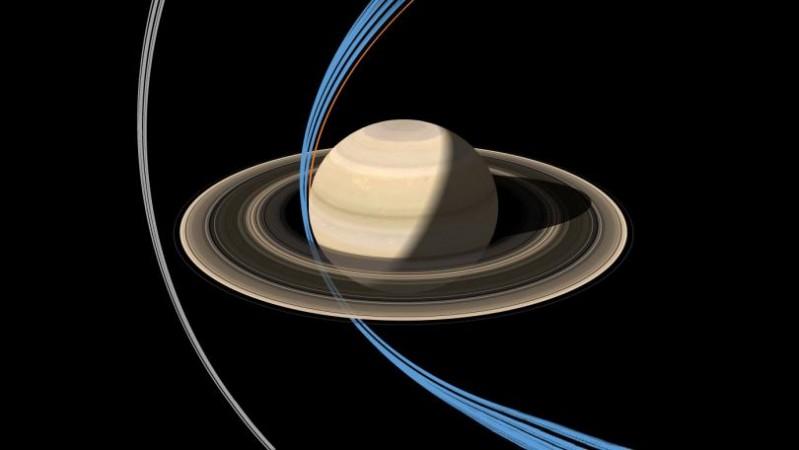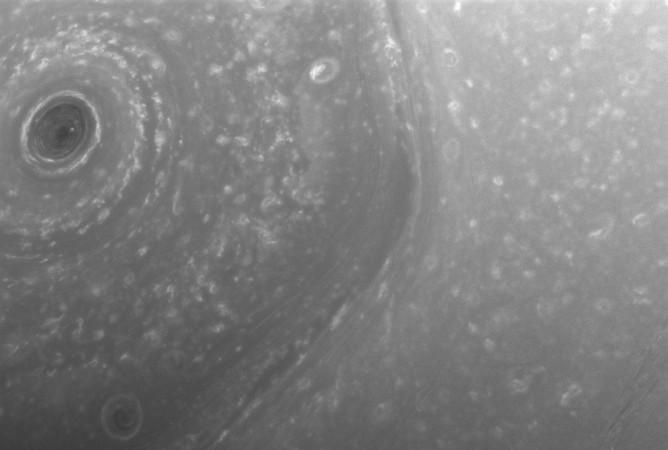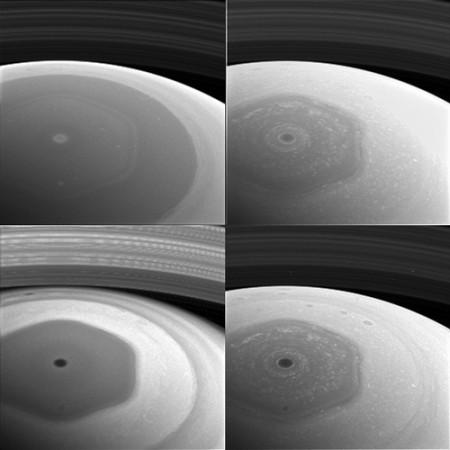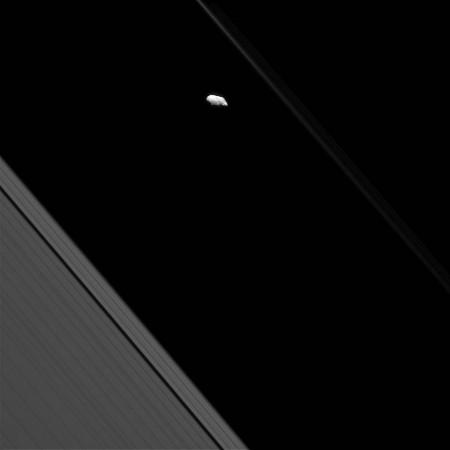
NASA's Cassini spacecraft commenced its first phase by analysing the edges of Saturn's outermost ring on December 5 2016.
The mission, called Endgame, was started by the Cassini spacecraft at 8:09 am EST on Sunday (1:09 pm GMT, Sunday), in which it analysed the rings of the gas-giant planet.

The Cassini spacecraft covered a distance of around 57,000 miles above Saturn's cloud, at a distance of 6,800 miles away from Saturn's 500 mile-wide F ring.
Way back in 1610, Galileo discovered that the rings of Saturn consist of water-ice granules. There are four main ring systems, which were alphabetically called A,B,C and D. This planet possesses other rings too, which are fainter and situated farther away from the planet. The spacecraft will be grazing through the planet's F ring in March and April.
"It's taken years of planning, but now that we're finally here, the whole Cassini team is excited to begin studying the data that come from these ring-grazing orbits," Linda Spilker, Cassini project scientist at NASA's Jet Propulsion Laboratory, said. "This is a remarkable time in what's already been a thrilling journey."

As per NASA's schedule, this spacecraft is scheduled to graze Saturn's rings 20 times in the coming months. The orbit is likely to take a week's time and NASA is likely to get some stunning images of the outer regions of Saturn's rings and its moons.
After the ring-grazing experiment, Cassini will have its "grand finale," during which the spacecraft will pass just 1,000 miles above the planet's atmosphere. Cassni will have more similar close passes, each one about a week apart, through April 22 2017.
Images of Saturn's atmosphere, captured by Cassini's cameras above its northern hemisphere, portrayed a unique hexagon-shaped jet stream above the planet's North Pole.

"This is it, the beginning of the end of our historic exploration of Saturn. Let these images — and those to come — remind you that we've lived a bold and daring adventure around the solar system's most magnificent planet," Carolyn Porco, Cassini imaging team lead at Space Science Institute, Boulder, Colorado, said in a statement.








